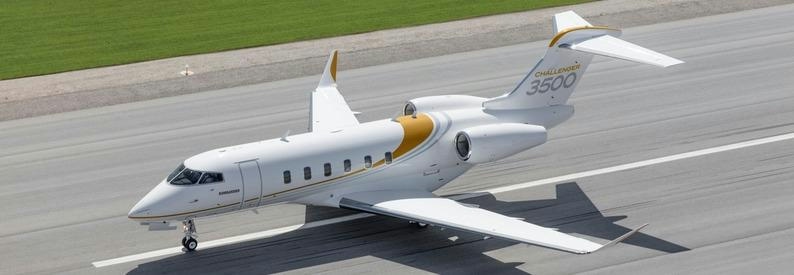現在のトレンド
Categories
Training & Workforce
- Academia
- Training
- Shortages
- Workforce
- Diversity
Aircraft & Engine Types
- Drones
- eVTOL
- Private Jets
- Special Mission
- Green Aircraft
- Platforms
- Commercial Jets
Aviation Operations & Services
- Leasing
- Weather & Data
- Fleet & Assets
- Flight Ops
- Maintenance
- Vertiports
Aviation Companies & Organizations
- Aerospace OEMs
- MRO
- Airports
- Others
- Charters
- Airlines
Regulations & Authorities
- Regulators
- Policies
- Market Access
- Sanctions
- Insurance
Technology & Innovation
- Weather Tech
- AI
- Urban Mobility
- Certifications
- Sustainability
- Data Systems
Trade & Economics
- Tariffs
- Pricing
- Conflicts
- Trade Deals
- Financing
Parts, Components & Materials
- Engines
- Docs
- Components
- Tools
Events & Industry Trends
- Fleet Growth
- Events
- Heritage Aircraft
- Trends
Military & Defense
- Air Forces
- Risk Cover
- Contracts
- Manufacturers
- Defense Jets
Delair Introduces DT61 Long-Range Observation Drone at Paris Air Show
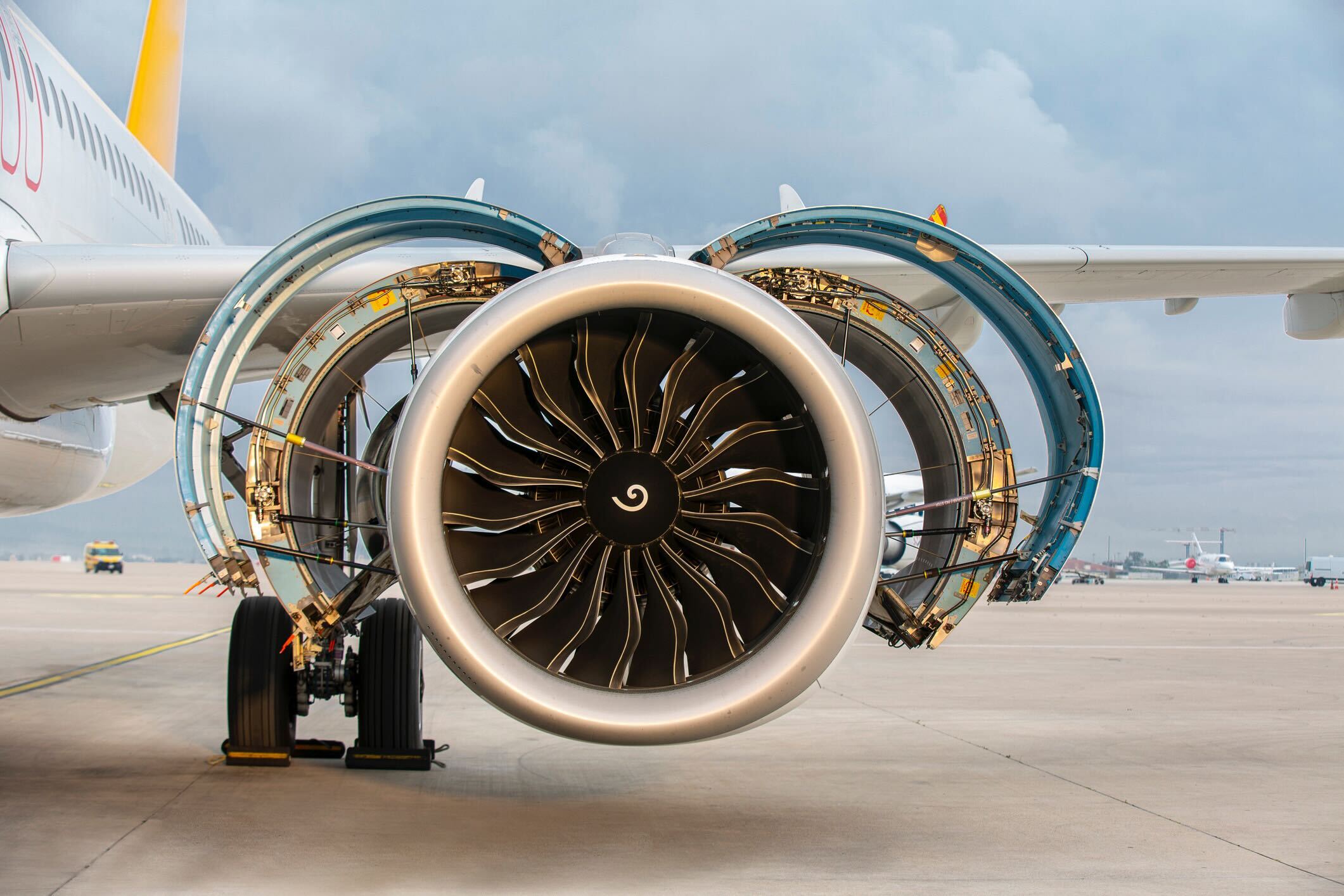
Delair Introduces DT61 Long-Range Observation Drone at Paris Air Show
A New Addition to Delair’s Drone Portfolio
Delair has unveiled its latest innovation, the DT61 long-range observation drone, at the Paris Air Show, marking a significant expansion of its aerial drone offerings. Engineered for both civilian and military use, the DT61 combines a fixed-wing design with vertical takeoff and landing capabilities, enhancing operational flexibility. The drone boasts a modular architecture that supports multiple mission profiles, alongside a substantially increased payload capacity.
The DT61 offers over seven hours of flight endurance and a communication range exceeding 100 kilometers. It can carry payloads weighing up to 15 kilograms within a total mass of 100 kilograms. Its compact design facilitates easy transport in a pickup truck and allows deployment by a two-person team in under 30 minutes. The drone supports advanced optronics, including cooled mid-wave infrared (MWIR) sensors, ground moving target indicator (GMTI) synthetic aperture radar (SAR), and signals intelligence equipment, enabling the simultaneous integration of multiple payloads for diverse operational requirements.
Development and Market Position
The DT61 was developed in partnership with French suppliers Aviation Design, responsible for aerodynamic and mechanical design, and Shield Robotics, a subsidiary of Evotech Group, which handled development and flight testing. Drawing on Delair’s 15 years of experience and extensive customer feedback from global operations, the drone is currently in its final qualification phase. Operational missions are planned for later this year, with commercial availability anticipated by the end of 2024.
With the introduction of the DT61, Delair now offers a comprehensive range of drones spanning weights from 1 to 100 kilograms. Its portfolio includes four fixed-wing drones, three multirotor models, and three loitering munitions, all operable through the company’s DRAKO universal ground control station. The company’s rapid growth is reflected in its doubling annual turnover, which reached €30 million in 2024 and is projected to hit €60 million in 2025. Delair employs over 200 staff across four sites in France.
Competitive Landscape at the Paris Air Show
Delair’s launch of the DT61 occurs amid intensifying competition at the Paris Air Show. Rivals such as Bayraktar’s Akinci drone and Beta’s Alia CX300 electric aircraft are also attracting significant attention. The broader aerospace industry is currently influenced by themes including technological innovation, shifting geopolitical dynamics, supply chain challenges, and the lingering effects of tariffs imposed during the Trump administration.
Major aerospace corporations like Boeing, Airbus, and Embraer are focusing on growth in the airliner market, which may divert attention from specialized observation drones. Competitors are showcasing notable advancements, such as Boeing’s folding wingtips on the 777X and AI-driven engineering solutions from Altair, highlighting the rapidly evolving environment in which Delair operates.
The DT61 is on display at Delair’s stand in Hall 4, Stand A110, as the company aims to strengthen its position as a leading European provider of drone and robotics solutions for both civil and military sectors.
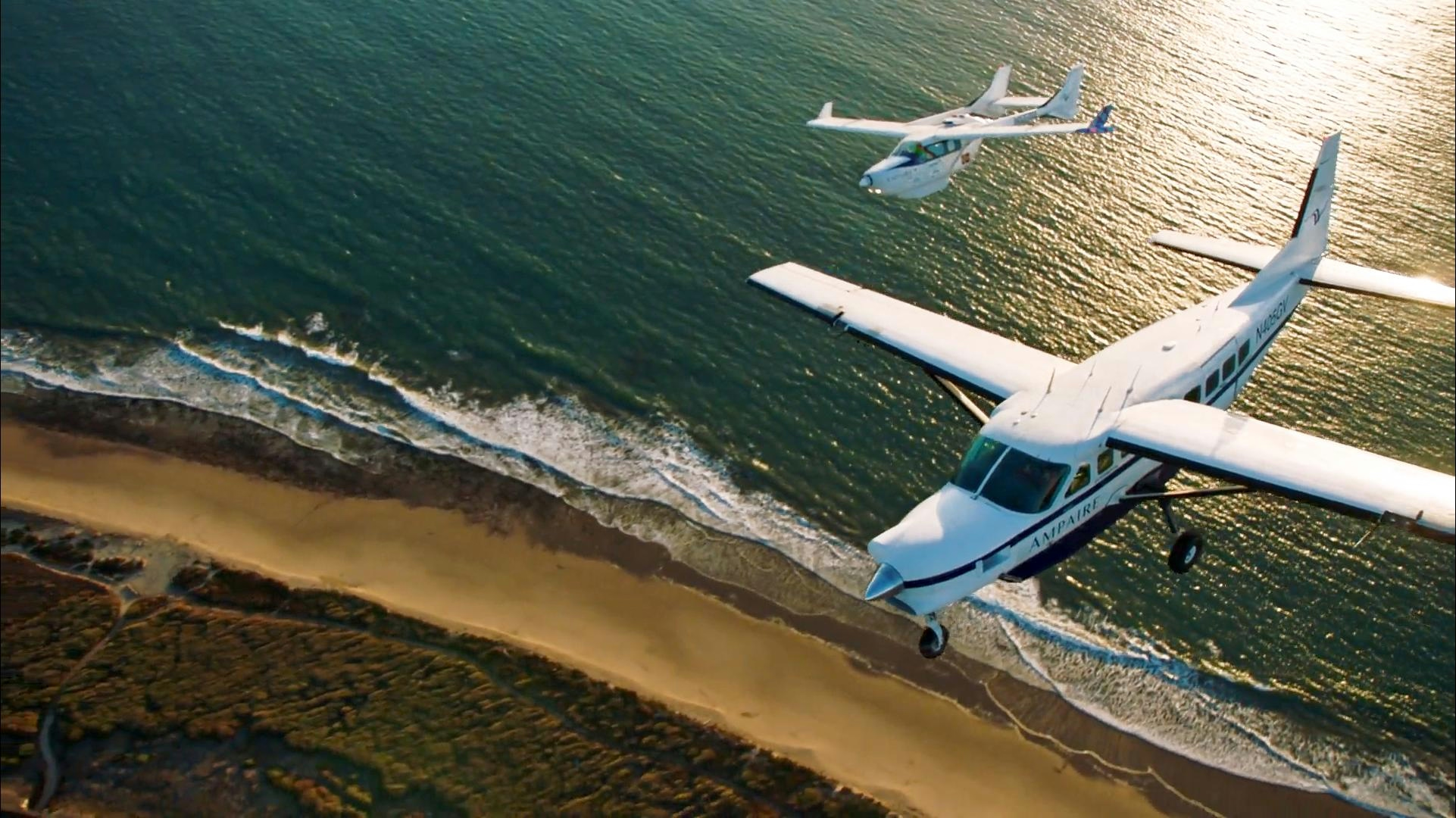
Hybrid Propulsion Engines Poised to Transform Sustainable Aviation by 2025
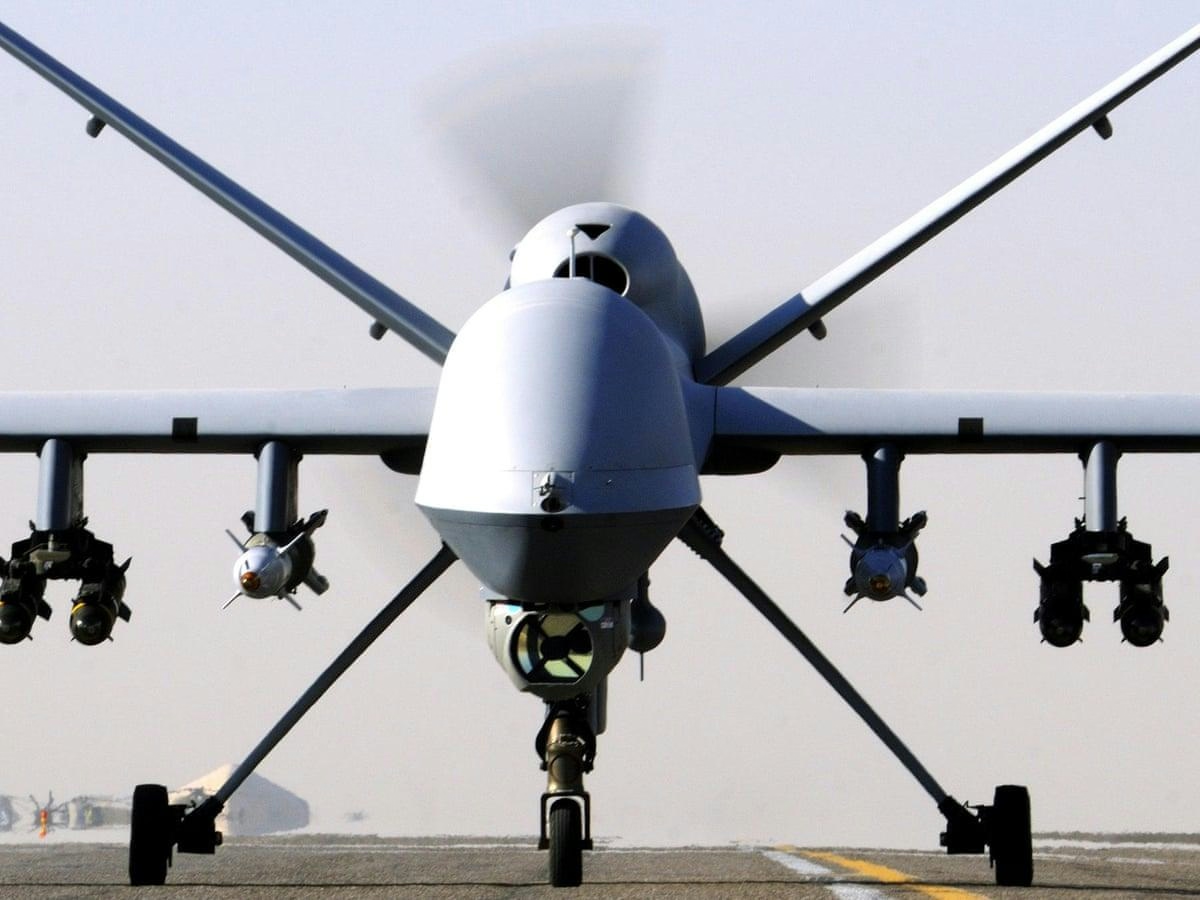
IUA Urges New Insurance Approaches for Autonomous Aviation
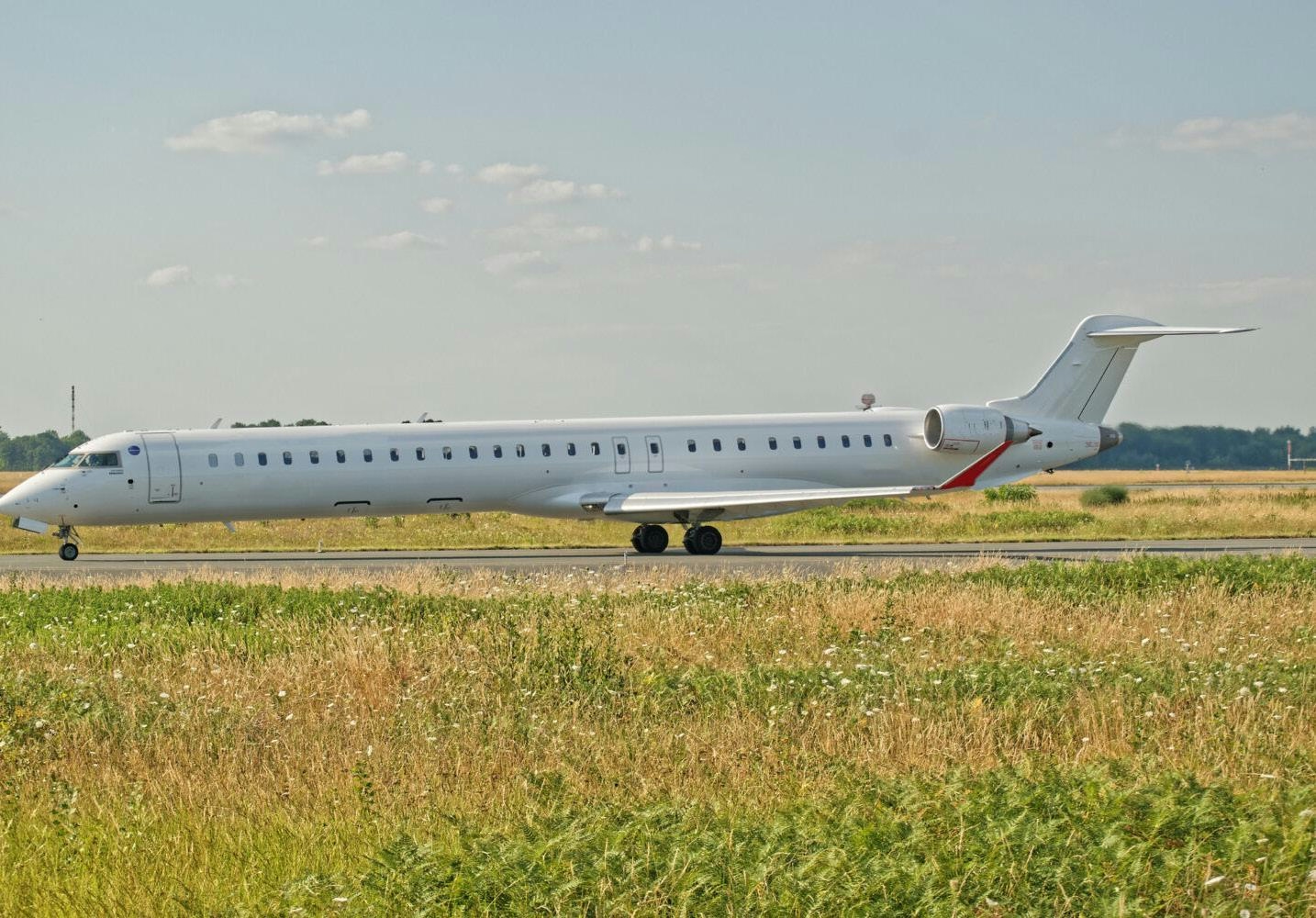
Nigeria's Cally Air Takes Delivery of First CRJ1000 Aircraft
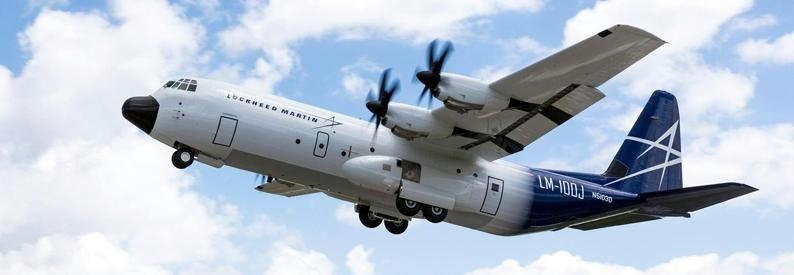
Parliament Reviews Uganda Air Cargo Aircraft Deal

EY Entrepreneur of the Year Profiles: Innovations in Aviation Finance and Private Dermatology
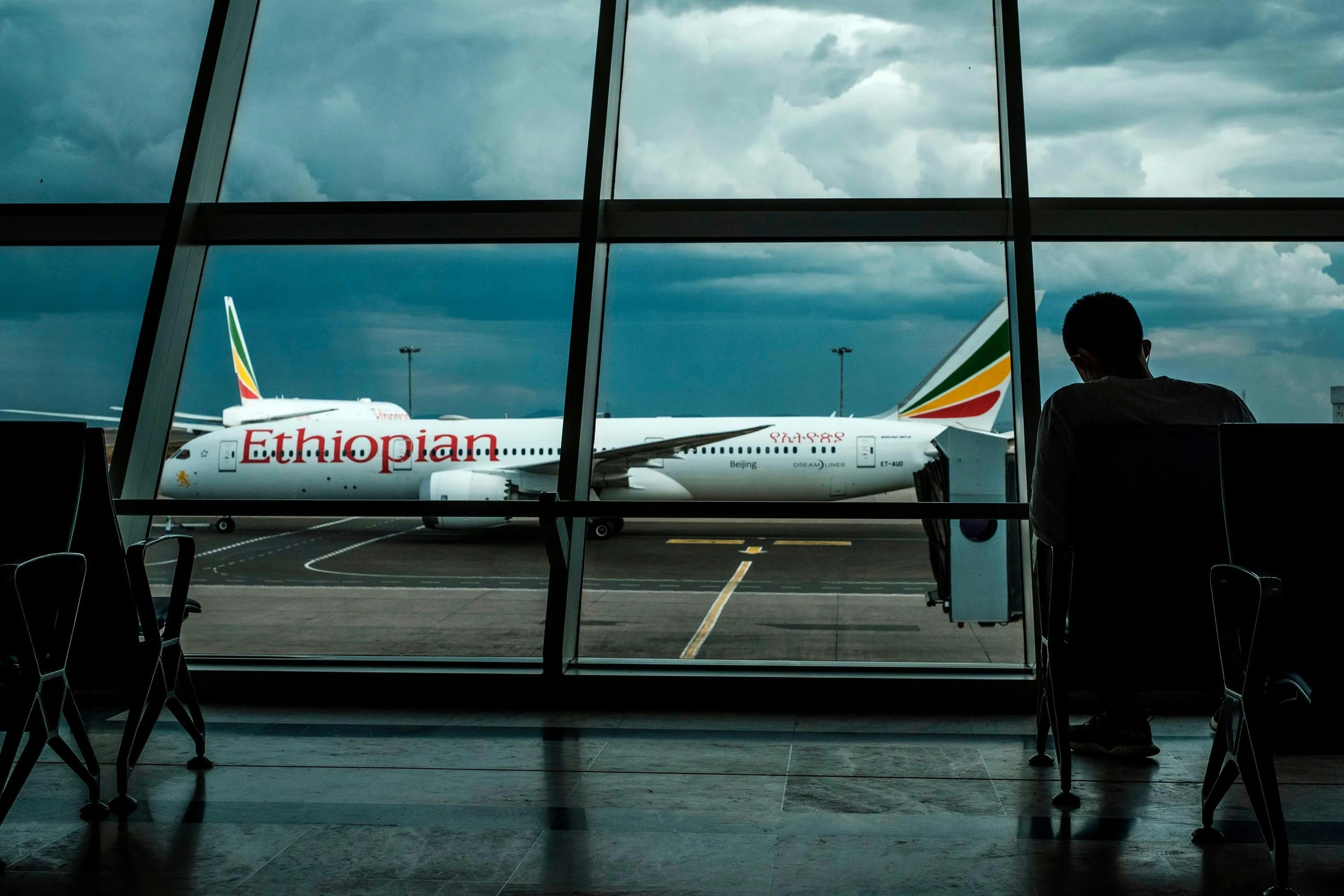
Ethiopian Airlines Invests Over $100 Million to Develop Addis Ababa as Africa’s Aviation Hub
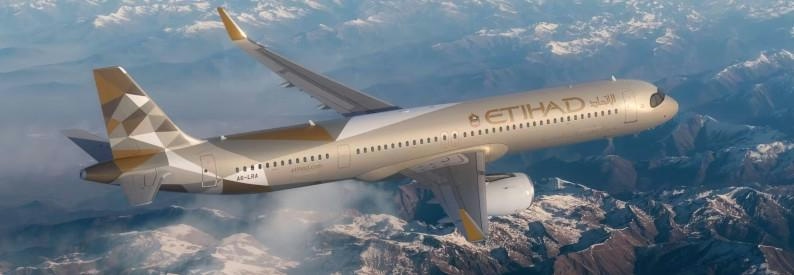
Etihad Airways Receives First A321XLR Aircraft

Advances in Ink Technology
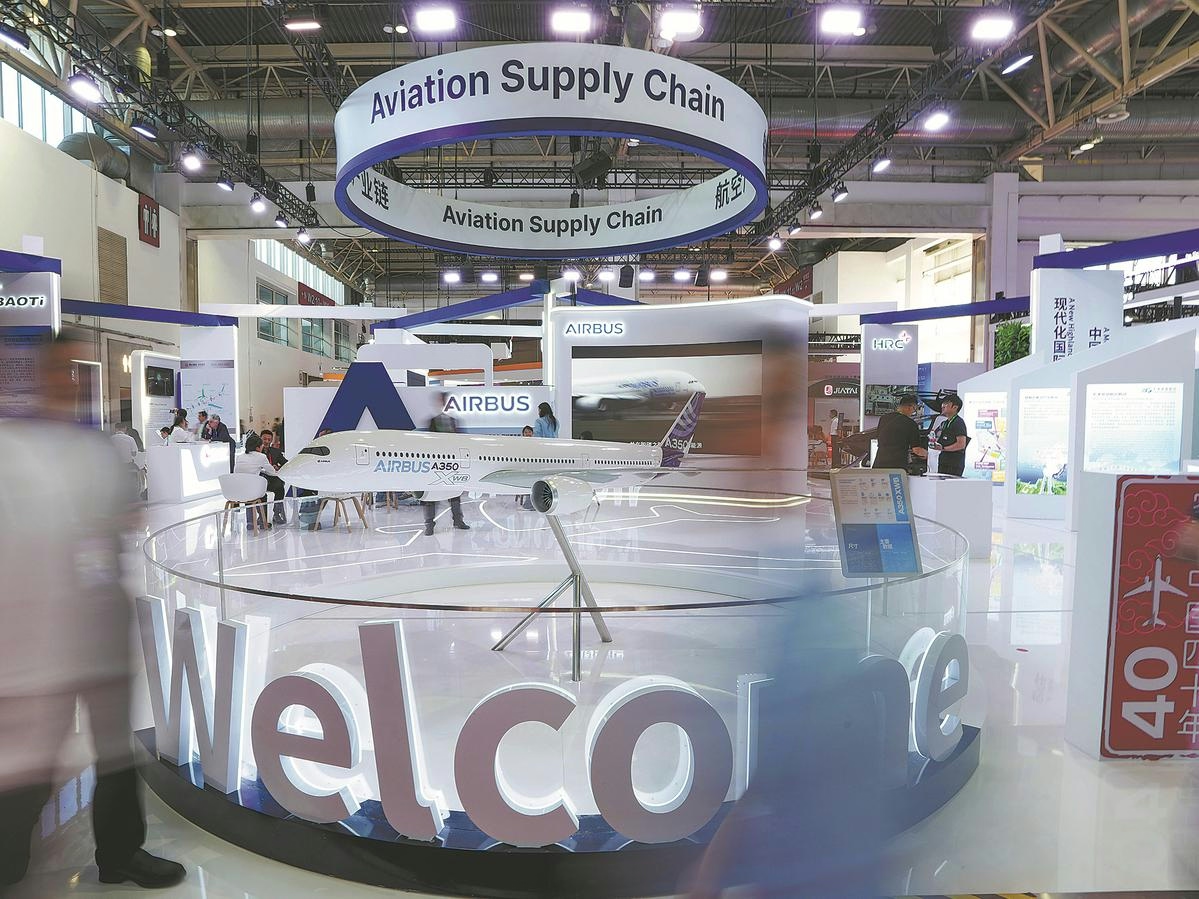
Foreign Companies Focus on Digital and Green Supply Chains
